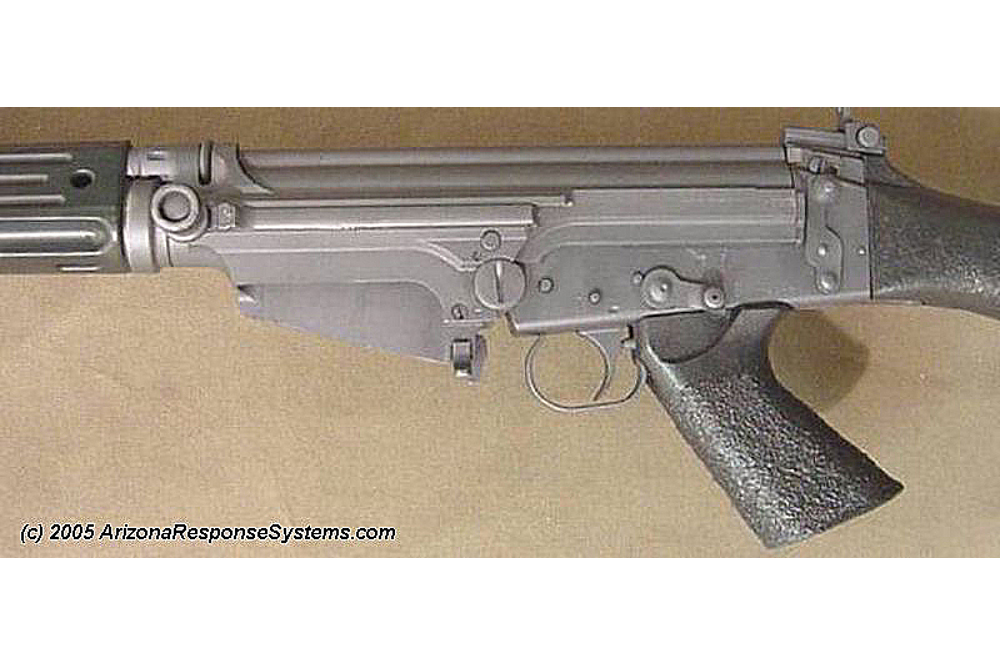
FAL Review: Olympic Arms FAL Receiver
I review products for end users and for manufacturers. While not claiming any fancy titles, I do have some experience with the FAL family of rifles and am reasonably knowledgeable on the subject. This allows me to build rifles for resale, build customer rifles, and to torture test and troubleshoot prototype products for several manufacturers to ensure a high-quality production model. I pride myself in objectivity and meticulous documentation. It is extremely difficult to write an objective evaluation, however, when the first impression I had when opening the box was deep disappointment.
The bolt is South African and the shoulder stock is Brazilian. The receiver is an interesting metric/inch hybrid. Overall finish is gray spray paint over the original well-worn Austrian phosphate finish. Handguards are painted black with a relatively durable thick paint.
The bolt and bolt carrier are painted black with a durable baked on epoxy-type coating.
The gray spray paint wiped off with paint thinner.
The dustcover had a large dent in it, sloppily punched out from the inside.
Black paint on handguards had incomplete coverage. It lightened after rubbing with a paper towel and paint thinner, but did not come off. The light color is not reflection, but rather bare metal.
The muzzle device is an Austrian StG-58 “Stoll” flash suppressor with the prongs cut-off. It unscrewed by hand revealing a threaded barrel and a quantity of greasy sand. At the time Olympic Arms built this rifle, flash suppressors or barrels threaded to accept flash suppressor were in violation of the 1994 Assault Weapons Ban. This ban sunsetted in September of 2004. The rifle is not stamped “Gov/LE Only” or anything else to indicate this is a Law-Enforcement Only rifle. At the time it was built, it was done so in violation of Federal Law.
Olympic receiver without the proper relief cut around the gas piston hole.
Inch cut for folding cocking handle, but with a metric imported cocking handle assembly. Note that the plunger retaining pin, normally retained by the rails in the receiver, is now exposed. A tiny shift of this part will render the cocking handle assembly inoperable. It is my opinion that metric cocking handles should never be used on inch cut receivers, although the reverse is not true.
Areas that are identical to the Williams Arms aluminum receiver are the typically metric lightening cut on an inch receiver, the hole in the bottom of the receiver, the cut at the front of the pivot hole, the step at the rear, the stress relief hole at the end of the cocking handle cut (shown below), and other tool marks.
The locking lug is not cut straight. This is not a shadow indicated by the arrows, but an out-of alignment cut. The correct way to fit an upper receiver to a lower is with a different sized locking body. Doing so, however, requires a few minutes to disassemble and reassembly of the lower. Apparently, the assembler thought it more expedient to just file the receiver.
The white outline indicate an upward bulge on the internal receiver rails that causes a difficult lockup. It is not apparent to me what caused this bulging. The feedramp geometry appears correct.
Note inch pattern magazine well. While a metric magazine will fit in an inch magazine well, there is little if any front support for the magazine and it is common to get stoppages from the rounds nose-diving and striking the bottom of the barrel face, missing the feedramp. It is my opinion that those advertising inch pattern magazine wells to work with metric magazines are not telling the whole truth. Yes they will fit. Yes they will often work. But they are not as reliable as using the correct magazine.
This circular cut at the end of the cocking slide groove is identical on the Olympic and Williams, but not present on any other. It appears to relieve stress from this junction and is probably an improvement.
Radius cut for head of hinge pin indicated by the two arrows is too small, causing the hinge pin to bind. On this sample, someone pounded the hinge pin in anyway and this caused the shaft to distort. Hole also is not concentric and is undersize on the left side causing even a new hinge pin to bind. Note the Olympic and Williams both have the same round cut indicated by the arrow, which on licensed receivers is square. This is further indication of common history between these two receiver.
Selector lever is a modified Austrian part. It has a hole in it from grinding the end until it broke through to the spring recess inside. It is very stiff to move. = Selector lever is welded up to semi-auto only configuration. Since a full-auto selector lever does not make the receiver into a restricted machinegun, this modification is unnecessary, but desireable if done correctly. The weld is sloppy and the high-point indicated by the arrow is what causes the selector to bind.
The shoulder stock has a heavy splatter coat of a black paint over a Brazilian hump-back stock with a badly worn rubber but plate attached. Pistol grip is US made and a rubber-type material. This and the receiver are the only US parts on the rifle. Federal Import law requires rifles of this type to have no more than 10 imported parts from a list of 20 major components. The result is that 6 parts need to be replaced with US parts, or 7 if using a muzzle brake. This rifle is short four US parts, making it a violation of Federal Law.
Lever, locking body is bent. Screw, retaining, lever locking body is supposed to be flush. It protrudes which prevents the stock from mating correctly with the lower receiver.
Olympic right dust-cover groove improperly cut. This groove should not go all the way through. Note also the right edge of the ejector block protruding above the rail, creating unnecessary friction.
On 11/02/01 Tom Spithaler of Olympic Arms made the following response on the Olympic Arms message board.
An opinion from one man who also freely admits to be a seller of “custom” FAL rifles himself can hardly be considered an objective one in my opinion. . . . Having just read the review by “gunplumber” of an Oly T48-2000 FAL rifle, I found I had to make an additional comment. My comment is; My first comment fell far too short in exposing shortcomings in the “investigative” review of our rifle. I found several “as fact” statements that were just outright wrong, and many other insinuations, opinions or guesses that were misleading or showed a lack of the complete grasp of the subject of which was being spoken of. I just found it rather surprising to see a self proclaimed FAL expert fall so short in some obvious areas. ” – Tom S. Oly Arms
Since Tom made some pretty serious accusations about my credibility and competence, I asked him on his forum to identify by simple cut
and paste the portions of my review that he considered inaccurate or unfair. He refused. I also asked him to reconcile the barrel threaded to accept a flash hider with the 1994 assault weapons ban making it a federal felony to manufacture a rifle of this type with a barrel threaded to accept a flash hider. I also asked him to reconcile the two US parts with the 1989 import ban making it a federal felony to manufacture a rifle of this kind that has more than 10 imported parts from ATF’s list of 20
Tom answered neither question, then deleted my question, and then deleted the entire thread on 11/05/01.
It is apparent that Tom Spithaler of Olympic Arms knowingly and willingly manufactures and sells rifles in violation of Federal Law.









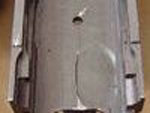
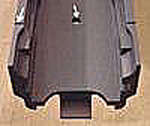
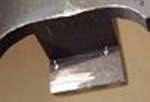
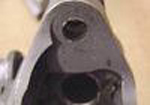
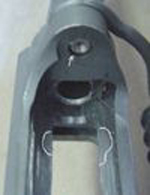
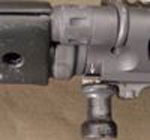








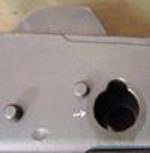

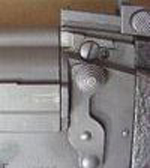




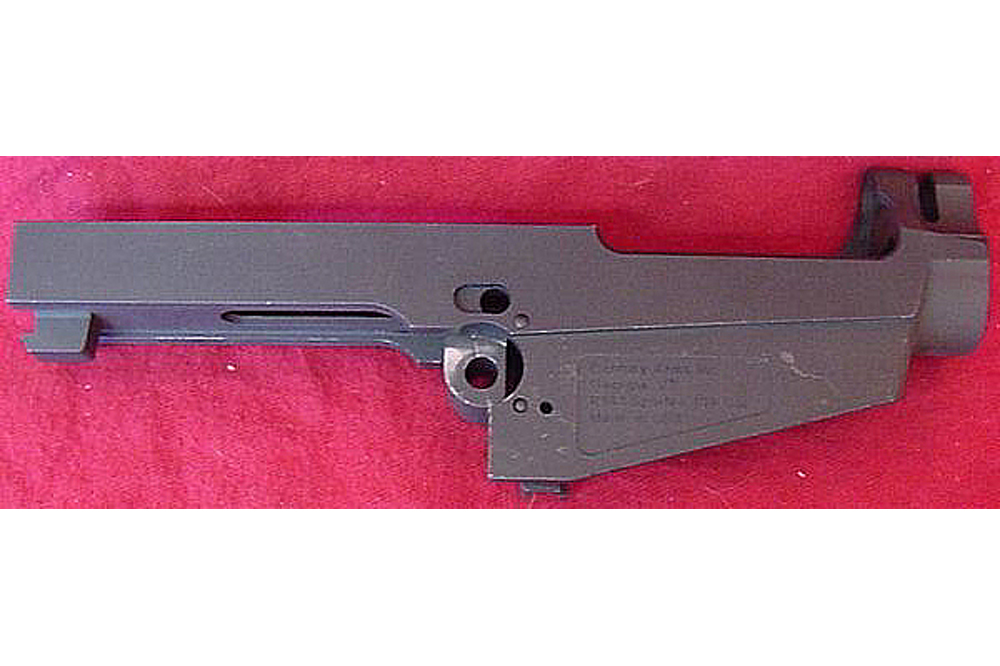
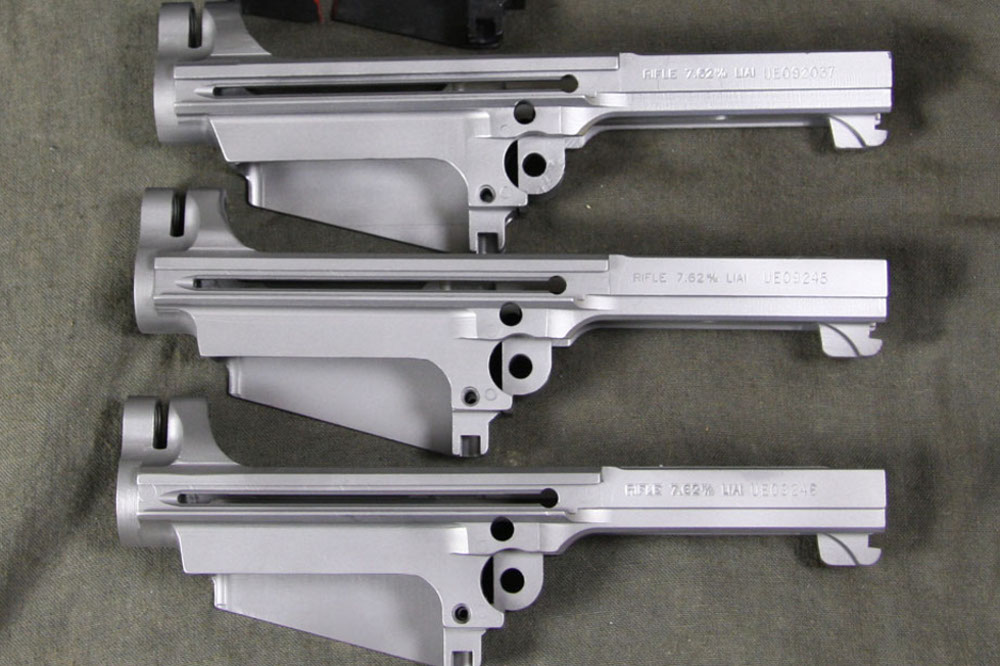
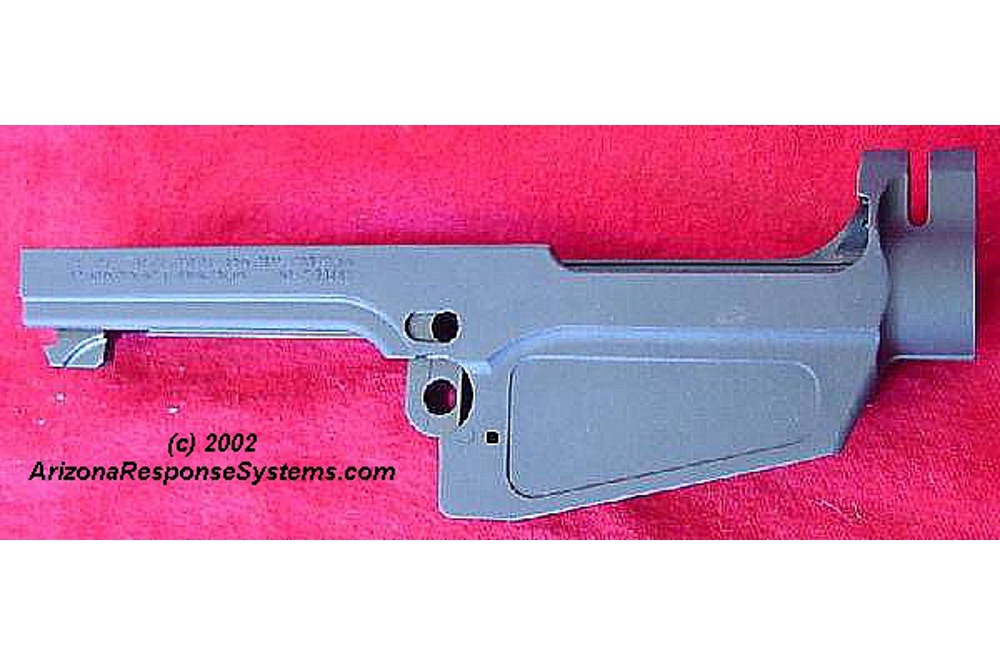
Leave a Reply
You must be logged in to post a comment.